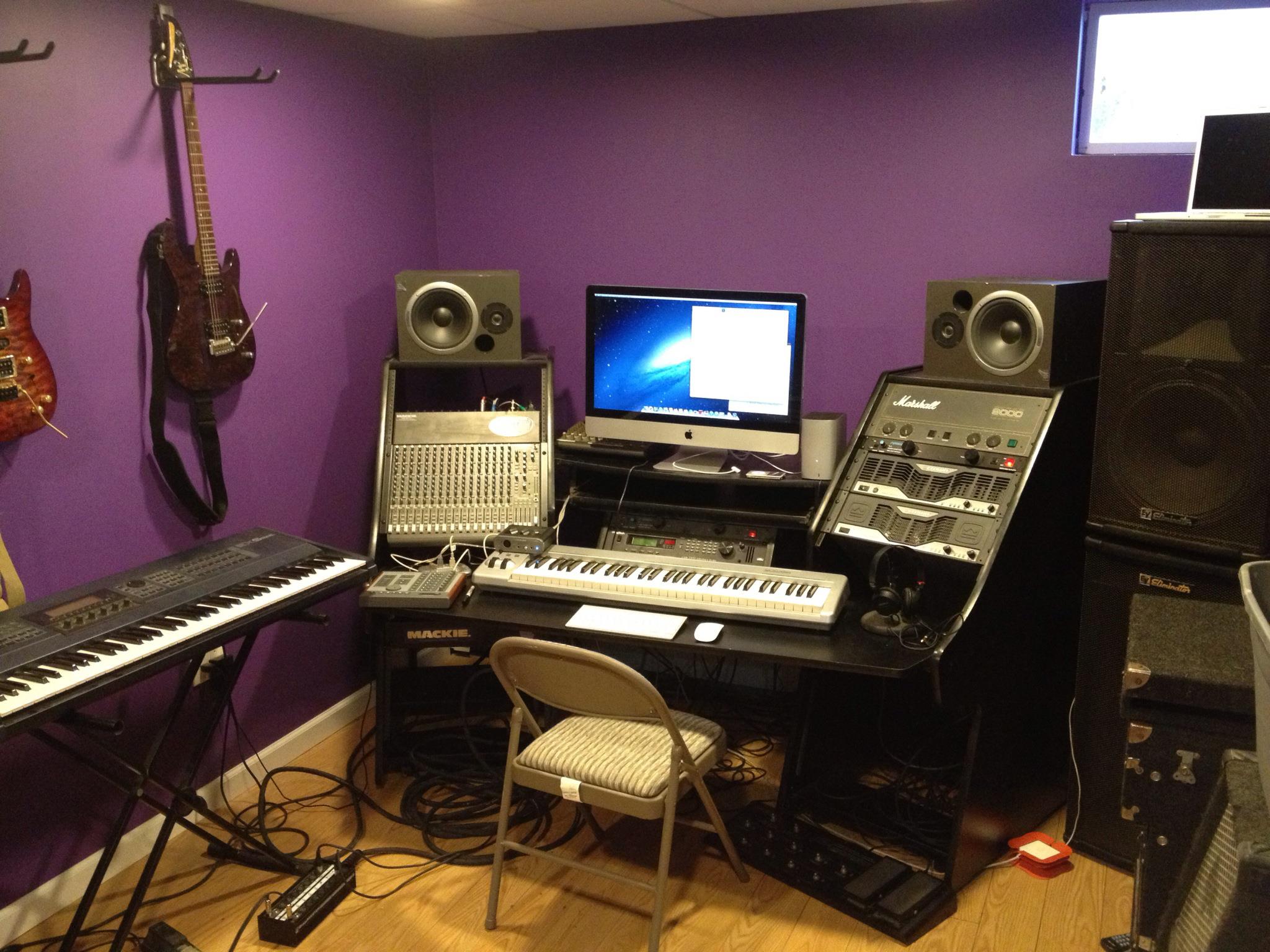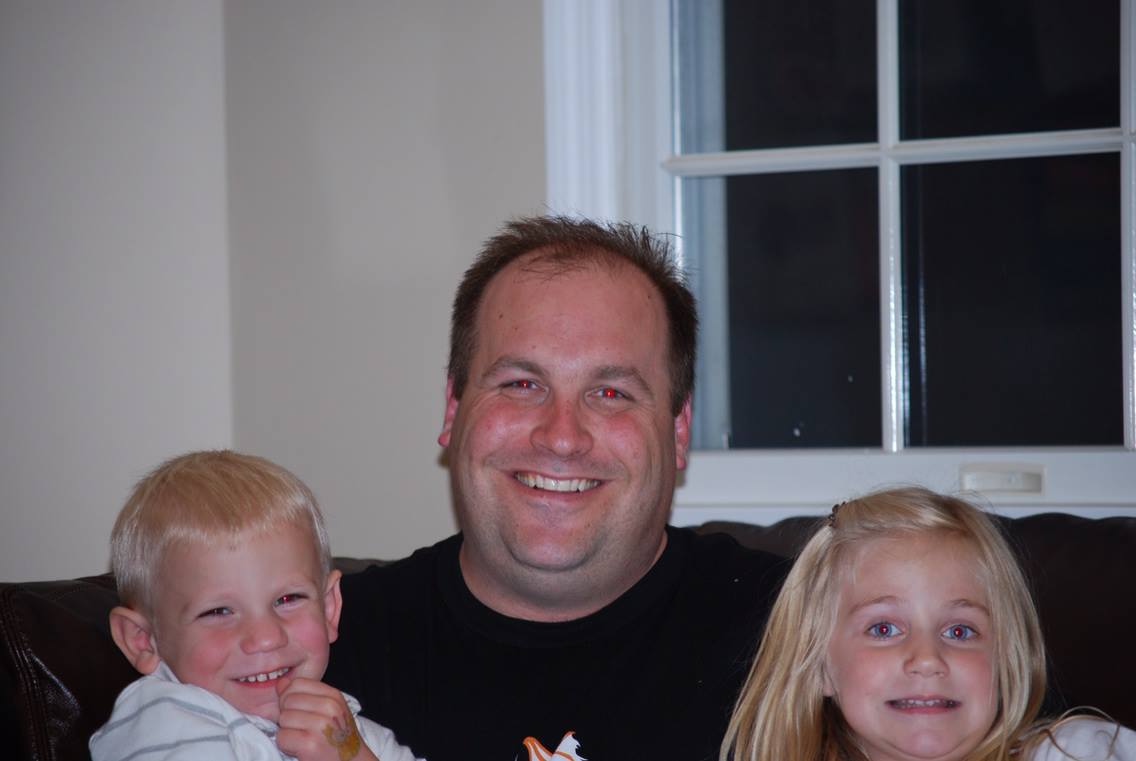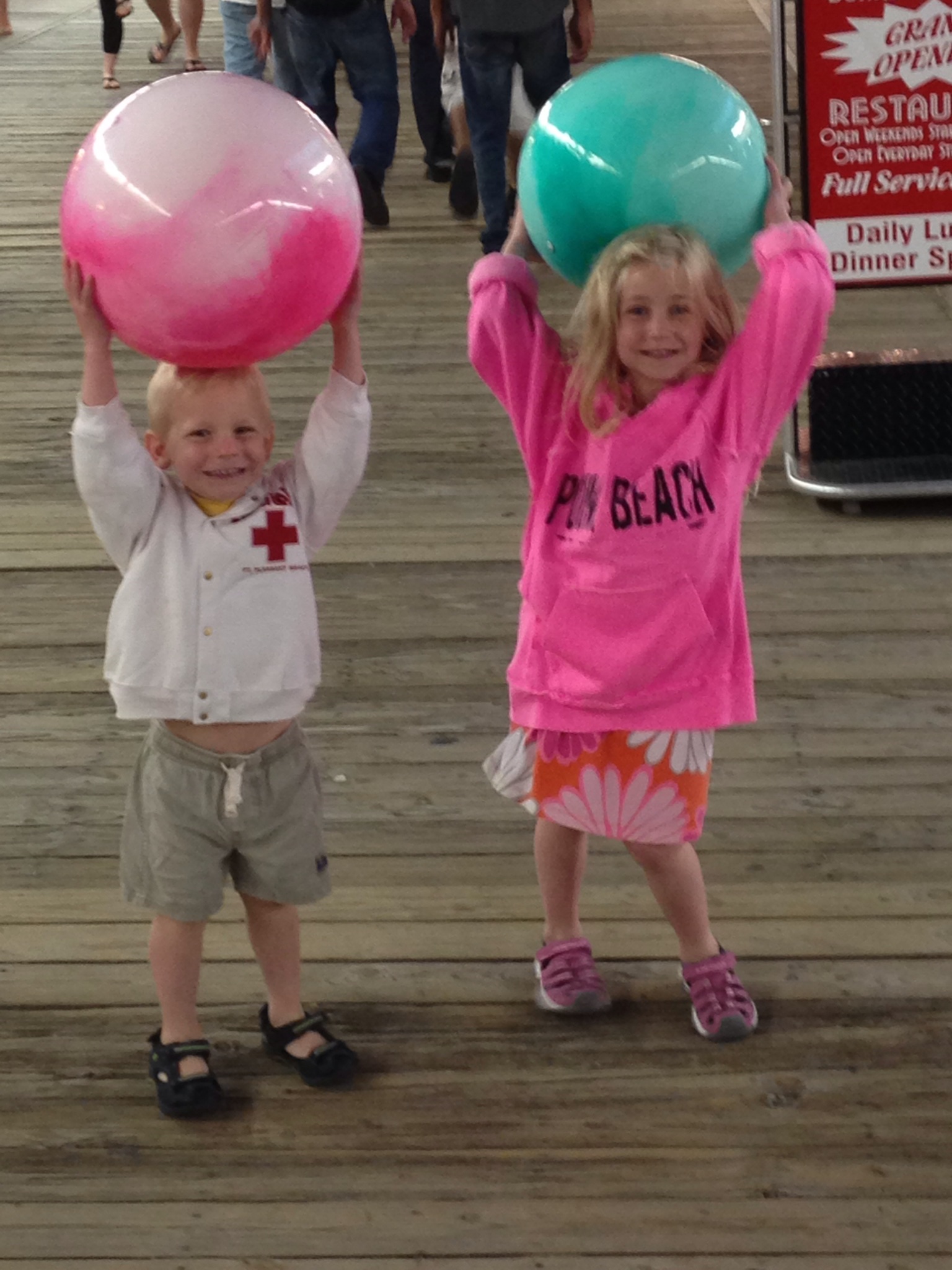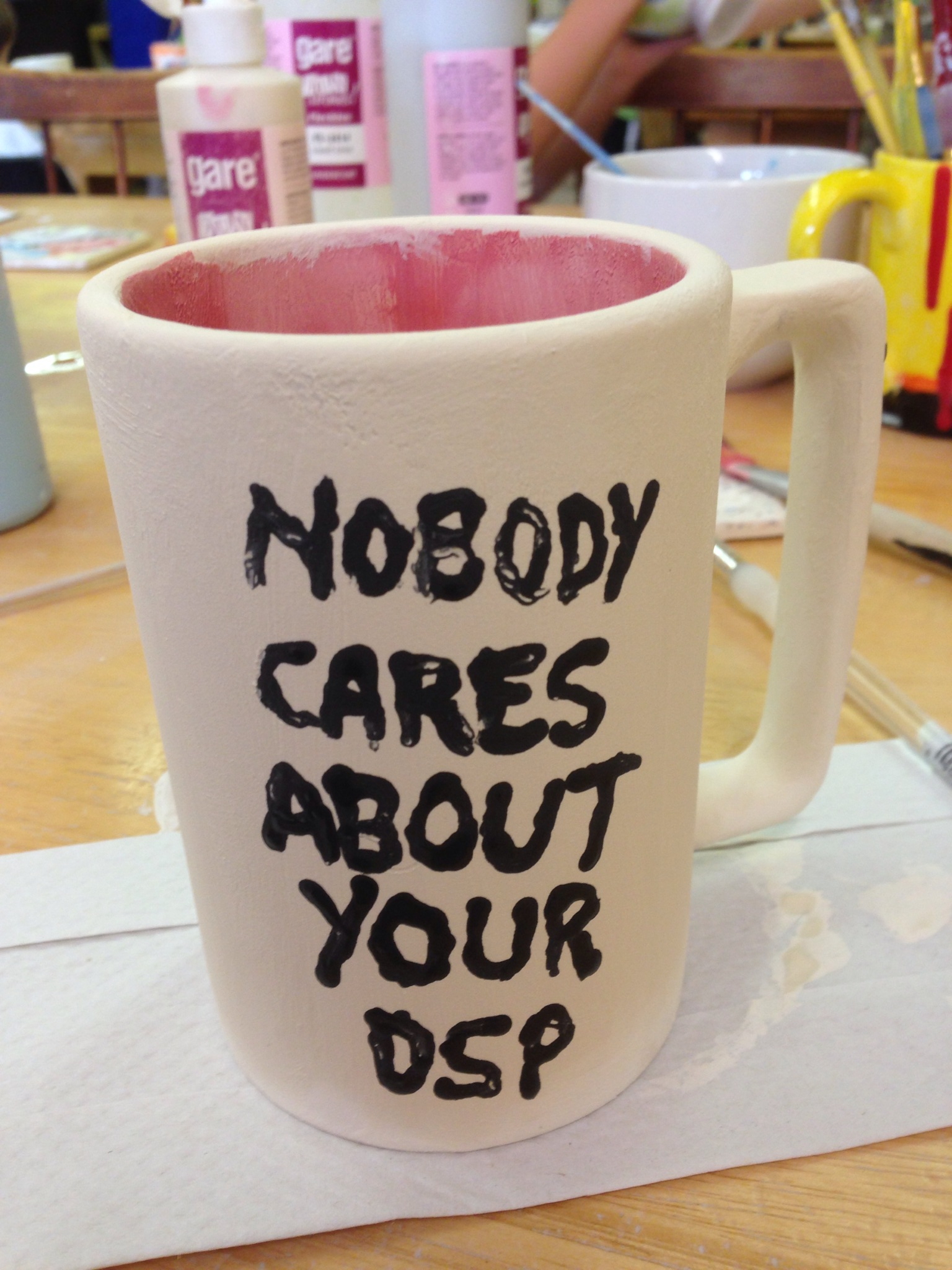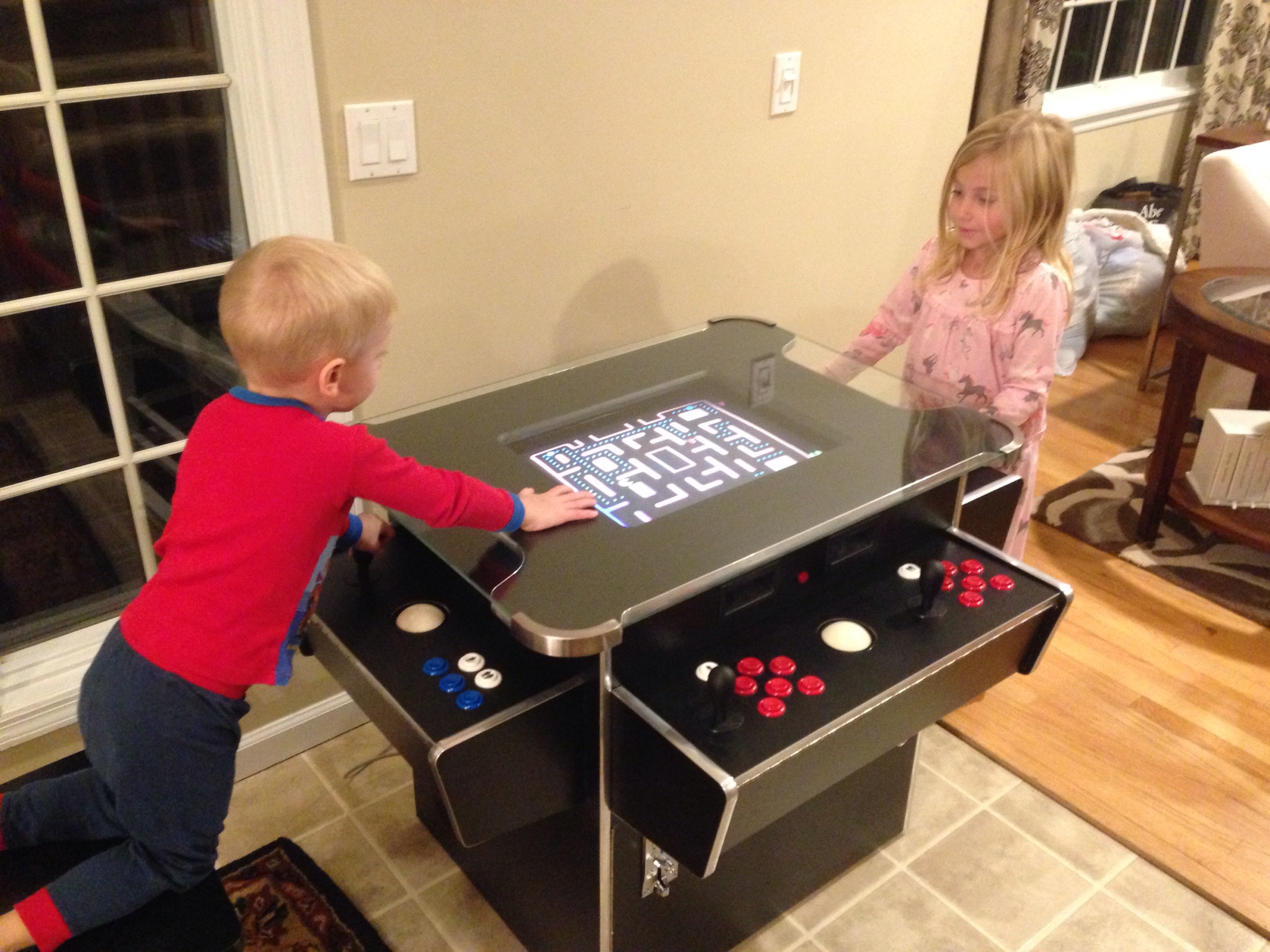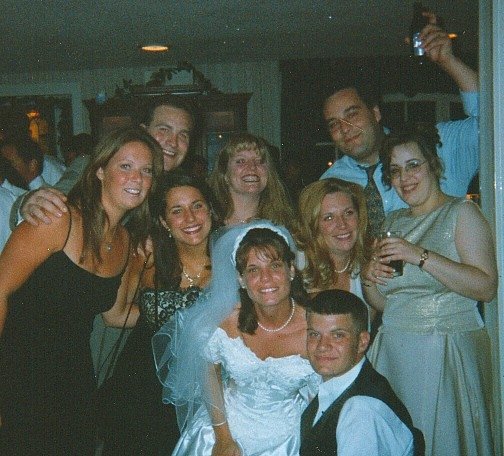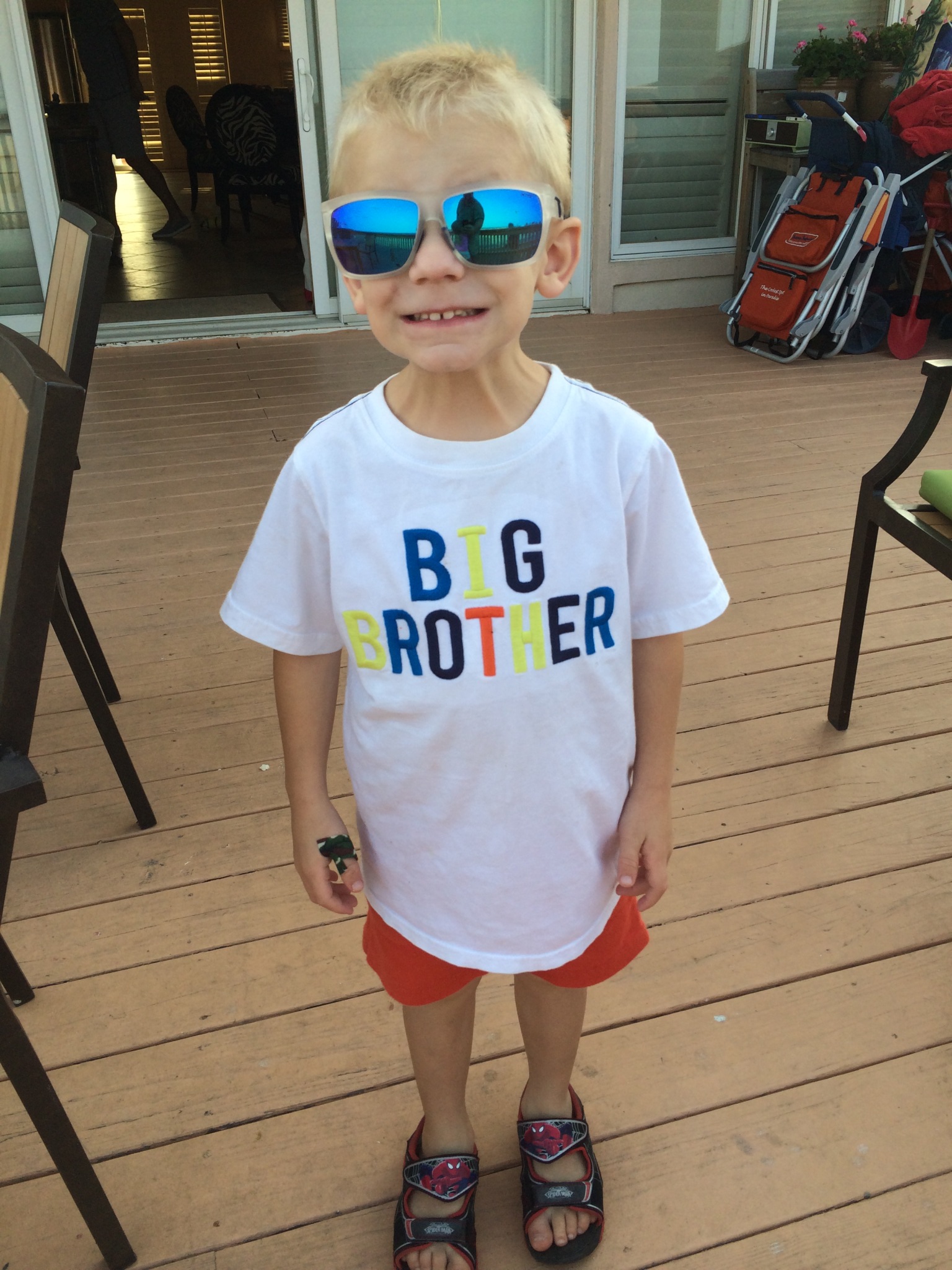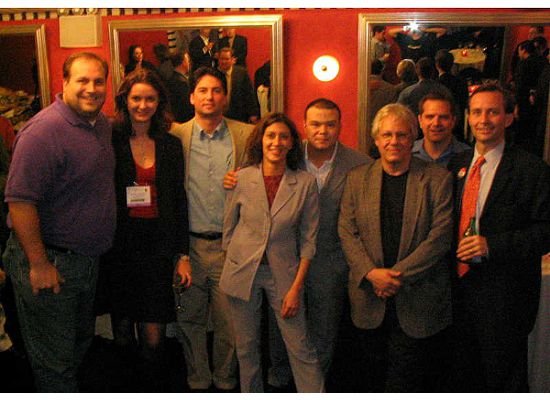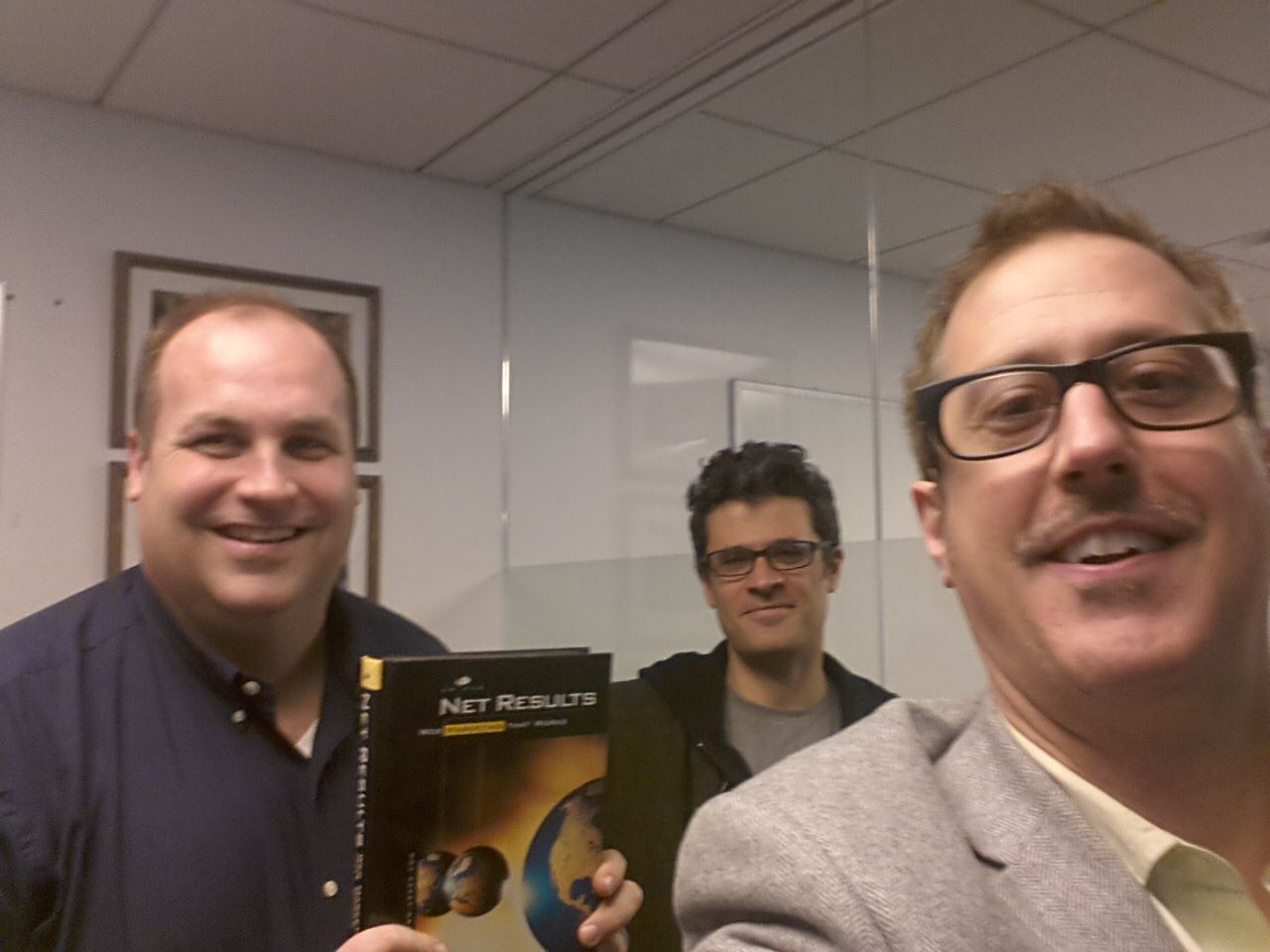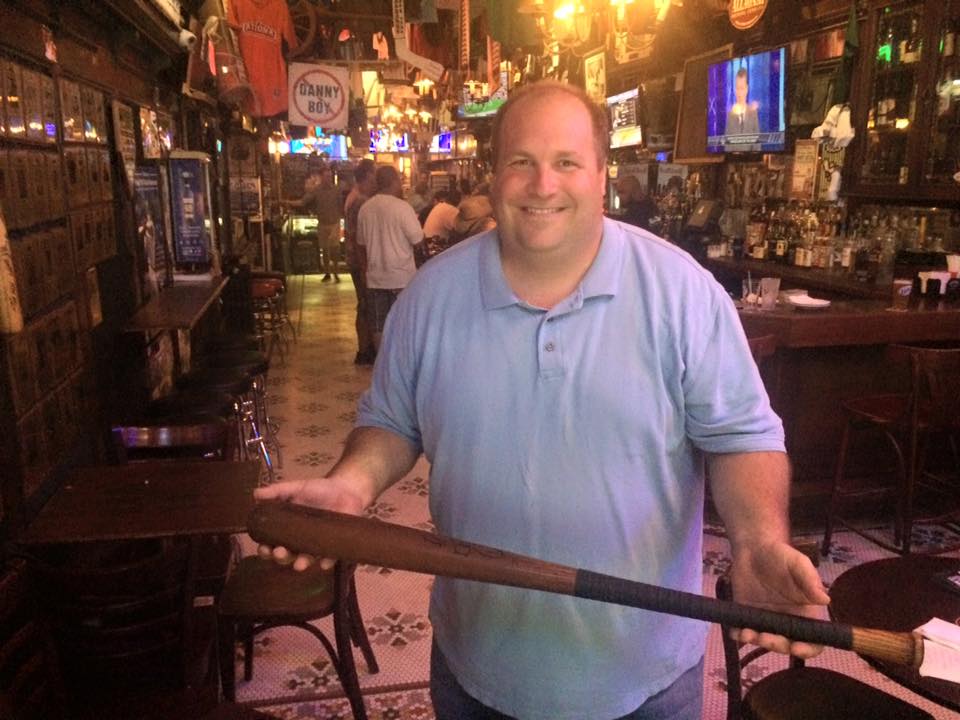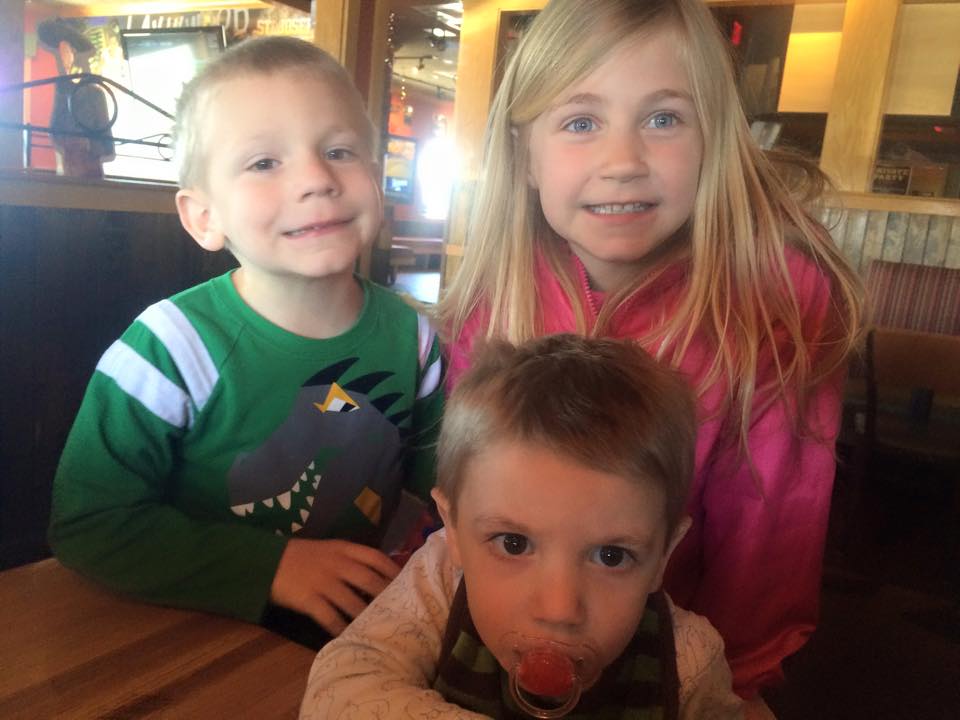Former ARF Exec: I Need to Grow Up
/Gabe Samuels thinks I need to grow up. (Registration required) And now, I must fisk...
RARELY DO I GET TO use a cliché as aptly as I do in applying it to Tom Hespos' Dec. 6th question, "When Will Online Measurement Stop Playing Follow The Leader?" The cliché is this: Those who choose to ignore the past are doomed to repeat it. And the answer to his question is the title to this piece. Hespos' lament is old, tired and unproductive! It has been heard since the first ad hit cyberspace in 1997 in the now-defunct, groundbreaking Prodigy. It is thinking like his that has kept interactive from achieving its rightful place among major media for better than ten years.
Old? Yes. I've been saying that online needs its own metrics for 10 years now. (And by the way, the first ad hit the web in 1994, not 1997.) The main reason is that reach and frequency measure exposure, not interactivity.
Tired? Yes. I'm getting tired of saying this. And I'm also getting tired of qualifying my comments by saying that we should continue to move toward completion on the reach and frequency initiative, solely for the reason that certain advertisers absolutely need to see R/F, and I'd rather have them test online marketing with substandard metrics than not test it at all.
Unproductive? Hardly. The fact remains that reach and frequency are the wrong metrics because they measure exposure and not interactivity. What's unproductive about discussing what the next generation success metrics should be? Or does Samuels think that marketing is married to R/F forever?
The history of media is rich with stories about dauntless pioneers who felt, just like Hespos, that "their" new medium deserved--nay, must--force the market to accept new metrics. A couple of brief illustrations:
This isn't about egos. This is about measuring effects. And if Samuels wants to tell the world that the Internet is good only for exposing people to a broadcast message, than I can't help him.
The early cable TV pioneers, notably Ted Turner and John Malone--and legions of their disciples--made many a recorded speech about the fact that "cable is NOT TV" and that TV metrics like Nielsen's ratings were not only inappropriate, but actually harmful to their nascent medium. In those early days (circa 1980), they were lamenting in pain. And they continued to be in pain until they finally understood the realities of the world of advertising. They only started laughing all the way to the bank when Nielsen started measuring cable. It is now about thirty years since cable started selling ads--originally expecting, by the way, to get significant price premiums because it was such a "targeted," "engaging" and, yes, "interactive" medium. Nevertheless, the three "dinosaurs" and a thousand over-the-air stations are still in business doing very well, thank you. But nobody will deny that cable is now a force to be reckoned with--and nobody will deny that being measured with the old, "inappropriate" metrics is why.
There are so many things wrong with this paragraph, I don't know where to start. Perhaps we'll start with the big, honking non sequitur that essentially argues that because cable at first didn't want to be measured like television, that the Internet should just play nice and go with the flow, because everything will turn out great in the end and people will back up giant dump trucks full of money to our houses. Nah, that argument blows itself out of the water.
How about the gaping hole in this argument? You know, the one that you could drive one of the aforementioned dump trucks full of money through...the one that that assumes that exposure is the end-all, be-all solution for success metrics. Exposure is a metric for the broadcast model, Mr. Samuels. And if you didn't notice, the broadcast model ain't doing so well in this age of interactivity and engagement. So it logically follows that perhaps exposure ain't the best metric on which to base the entire future of advertising.
Even as I write this today, the absolute oldest medium, outdoor, is embracing "old" metrics. I would bet a couple of my own hard-earned dollars that it will pay off handsomely. Arguably, the second oldest medium, yellow pages, is also accepting reality after many years of denial. This medium, too, has listened to the market and is adopting a form of "old" metrics.
Yeah, well, you don't exactly see many billboards inviting people to spray-paint their opinion all over them, do you? Outdoor can embrace old metrics because outdoor executions are designed to reach people, not interact with them.
There is a simple, unbreakable law in marketing: the customer is always right. A product, ANY product starts selling well only when a seller stops his love affair with his own product, and listens to the market.
This is the only paragraph in Samuels' article that makes any sense to me, whatsoever.
So to reprise the question: When will online measurement stop playing follow the leader? When it IS the Leader. And when will THAT happen? When it grows up!
Well, I'd offer up that one sure way to make sure online advertising remains stuck in its infancy is to bind it to old, outdated metrics and evaluate it solely that way. So what Samuels is asking is impossible if we go that route. How convenient.
I'd argue it's television, radio, print and outdoor that need to do some growing up, since all they do is broadcast messages at an audience that expects interactivity. In this way, TV is a lot like the 2-year-old child who sticks his fingers in his ears and goes, "lalalala...I'm not LISTENING!" when we try to react to something he just said. So which medium is the one that needs to grow up?
In closing, I'd like to mention that Terry Heaton wrote a wonderful reaction to Samuels' piece over on his blog. I'd be really interested to hear what other marketing bloggers think.





